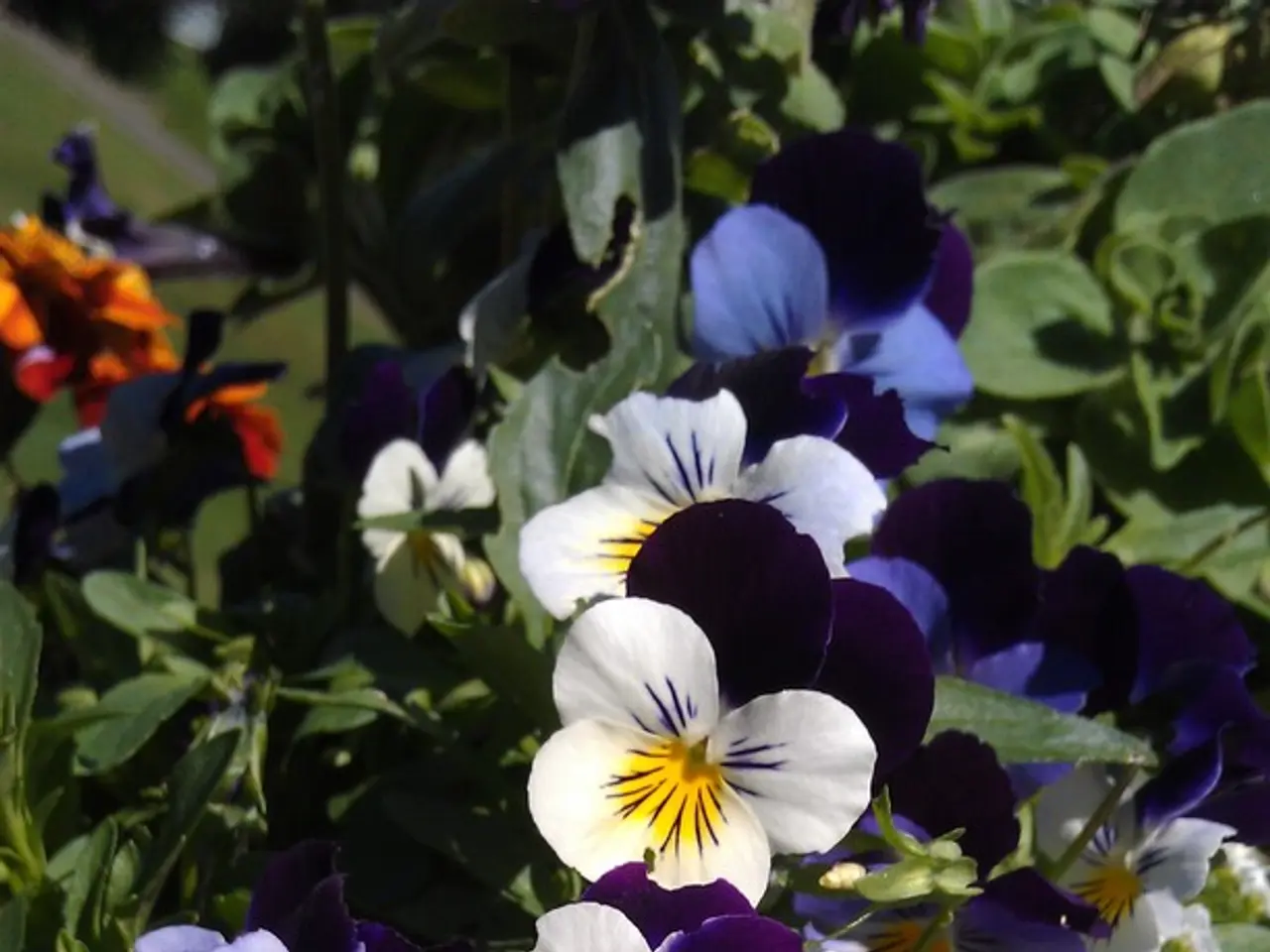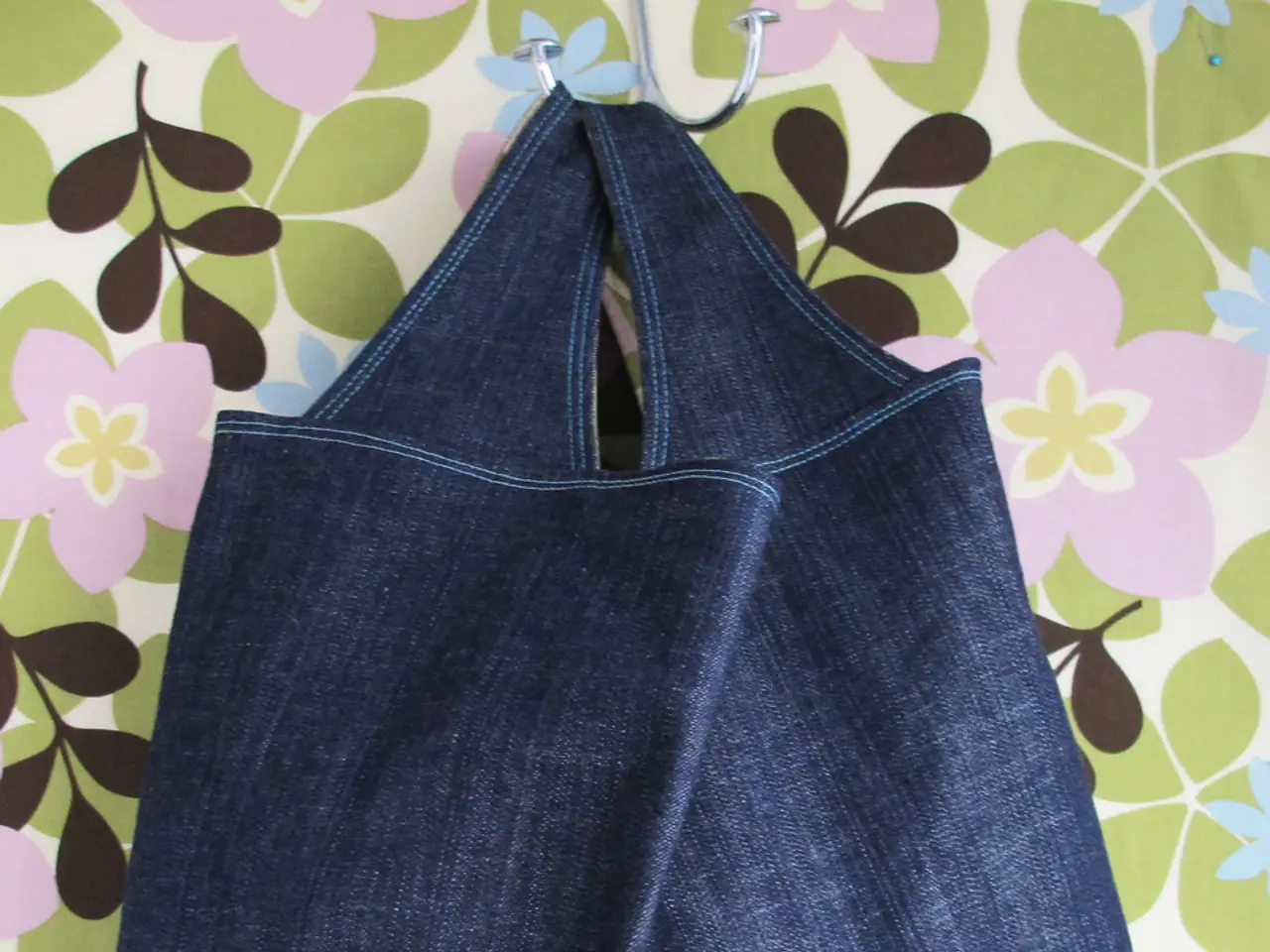Quick List of Rapidly Withering Flora
In a garden, the beauty of flowers can bring joy and life. However, many popular plants have short lifespans, completing their life cycle in one growing season or slightly longer. Here are some tips to help prolong the life of these short-lived plants, ensuring a longer floral display and healthier plants.
Annual and Short-lived Plants
Some common short-lived plants include annuals such as zinnias, petunias, celosia, dusty miller, sweet alyssum, browallia, torenia, begonia, pansy, and sweet william (a biennial). These plants typically bloom profusely but live only a few months, often just one growing season.
Caring for Short-lived Plants
To prolong the lifespan of these short-lived plants, consider the following care tips:
- Sunlight: Provide the recommended light level, which for most annuals is full sun to partial shade. Too much shade or direct intense sun can stress the plants.
- Water: Maintain moderate and consistent watering. Avoid waterlogging but keep the soil moist, as most of these plants do best with regular watering without being soggy.
- Soil: Use well-draining soil to prevent root rot and compacted conditions. Amending soil with components like perlite or bark can improve air circulation around roots and aid longevity.
- Deadheading: Remove faded or dead flowers promptly. This practice encourages the plant to invest energy in producing new blooms rather than seeds, extending the flowering period and overall vitality.
- Fertilizing: Feed with a balanced, water-soluble fertilizer monthly during active growth seasons (spring and summer). Avoid overfeeding, which can stress plants.
- Pest control: Monitor for pests like thrips that stunt growth and weaken plants. Early treatment helps maintain plant health and potentially extends lifespan.
- Environmental stress: Minimize exposure to extreme temperature fluctuations and protect from strong winds or heavy rains that can damage delicate annuals.
Specific Plant Care
- Lupines: Grow them in well-draining soil with good airflow to prevent root rot, provide full sun to partial shade, and cut back after flowering to promote new growth.
- French Marigolds: Plant them in light, well-draining soil, water only when the top 2 inches of soil feel dry, and deadhead regularly to prolong blooming.
- Petunias: Provide consistent moisture without overwatering, grow petunias in partial shade in warm climates, and regularly remove spent blooms to encourage more flowers.
- Pansies: Plant them in early spring or fall for cooler weather, provide consistent moisture, especially in well-draining soil, and deadhead regularly.
- Coral Bells: Ensure consistently moist soil without waterlogging, use mulch to retain moisture and regulate temperature, and divide every 3-4 years to maintain plant vigor.
- Sunflowers: Plant seeds successively every two weeks for continual blooms, support the tall stems to prevent breaking in windy conditions, and harvest seeds before they fully dry out to preserve their quality.
- Snapdragons: Grow them in the cooler months of spring or fall, provide rich, well-drained soil, and water at the base to prevent fungal problems.
By following these practices, the common annual and short-lived plants in your garden can thrive longer within their typical lifecycle, maximising their floral display and health.
- Incorporating perennials into your garden can provide a balance, as they offer both long-lasting flowers and decorative elements that complement the lifestyle of a home-and-garden enthusiast.
- To maintain a flourishing garden, pay attention not only to the short-lived plants but also to the soil, ensuring it is rich and well-draining to support the growth of seeds and root systems of various plants.
- As autumn follows the summer season, it marks the perfect time to prepare the garden for the upcoming winter, including planting hardy perennials that can withstand cold temperatures and continue blooming.
- By dedicatedly caring for annuals and perennials, one can enjoy an endless display of flowers in the garden, creating a captivating living art that blends seamlessly with an appealing home-and-garden lifestyle.




